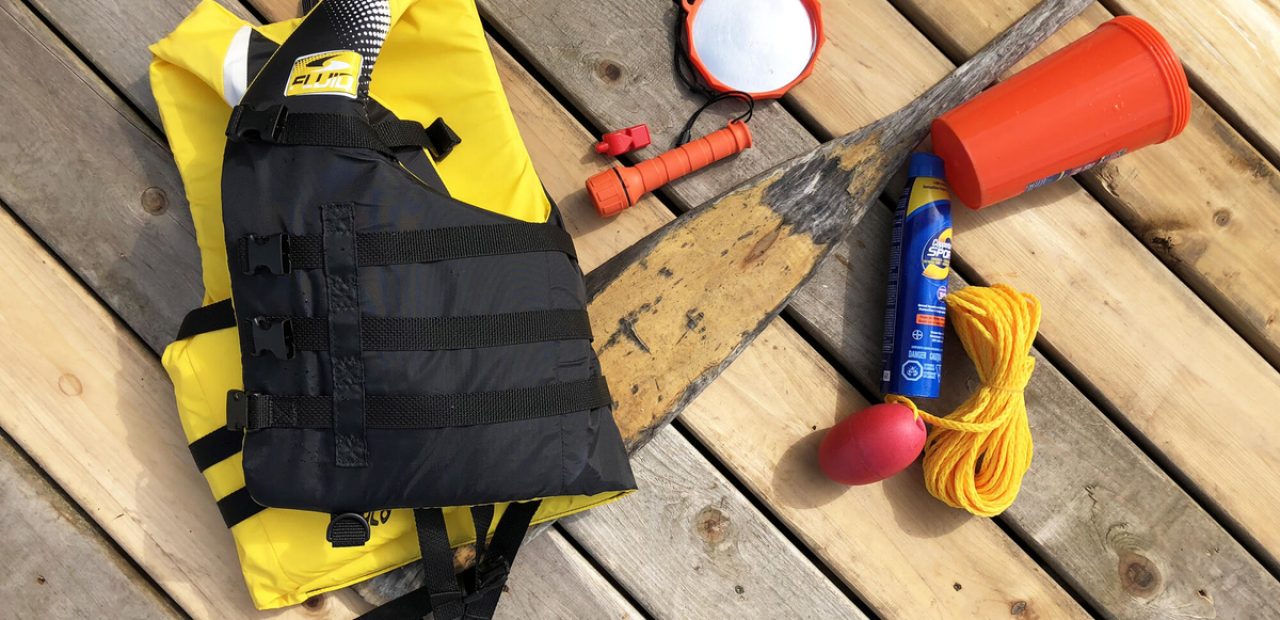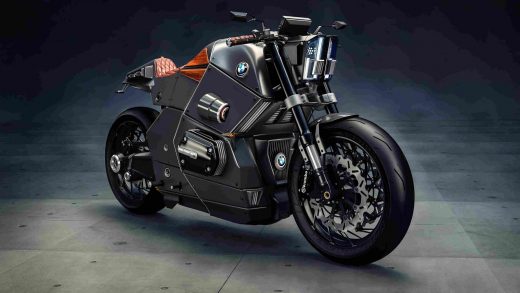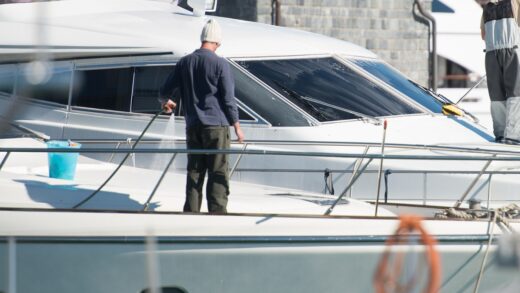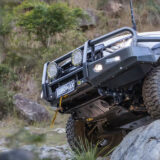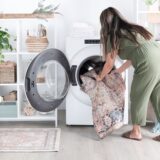Boat Safety Equipment: A List of the Must-Have Essentials
Recreational boating is one of the most fun activities you can do with your friends and family. It’s an excellent opportunity to explore and learn. It’s a way to bond with your closest family and friends, make new memories and experience new things together. You’ll get to share unique experiences and have many new stories to tell. You can go fishing, water-skiing or just drink beer and sunbathe all day.
Boating is a rewarding activity that keeps on giving. Plus, it’s a good source of exercise. But before embarking on this journey, ensure you have all the safety equipment. Things like life jackets, whistles, stress signals, floating devices etc., are a must.
Contents
Life Jacket

A life jacket is designed to keep a person floating in case of an accident or when they’re skiing or wake surfing. Life vests and ski vests are also part of this category, and they’re called PFD or personal flotation devices. Their role may seem simple, but these PFDs are a must-have on every boat. There must be one for every person on the boat, and it must be available. Kids at the age of 12 and younger must wear them at all times, and adults must have them close. In case of an emergency, everyone needs to be safe. Even if you’re unconscious, the life jacket will keep you afloat. There are five types of life jackets:
Type I – great buoyancy, bulky, turns your face up;
Type II – budget-friendly, simple construction, turns your face up;
Type III – ski vests have a buckle and zipper, suitable for conscious wearers;
Type IV – you need to hold them, 7.5kg of buoyancy, not a sea cushion;
Type V – combined into whitewater rafting vests, sailboat harnesses, and flotation coats.
Now that you know what type of vest you need, you should get the proper fit. If it’s too big, it may slip; if it’s too small, it may not hold you afloat. Always try the jacket, fasten any buckles or zippers and lift your hands above your head. Ask someone to pull the jacket upwards. If it comes up to your ears, get a size smaller because when you’re in the water, it’ll slip off and leave you on your own. An adequately fitted live jacket should come up just to the chin. If you’re buying one for your kids, never oversee the crotch buckle. Whether you’re having fun with the kids or relaxing with your friends, these vests are essential boats safety equipment, and you should always check for any wear or tear so you’ll replace them if needed.
EPIRBs & PLBs
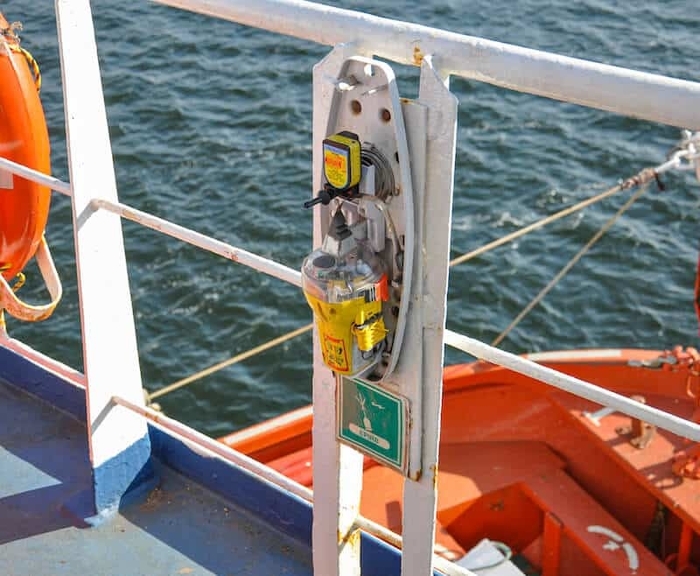
EPIRB or emergency position indicating radio beacons and PLB or personal locator beacons can be lifesavers in many dangerous situations. If you have an incident at sea, these devices will help others find you. When every other means of communication is down because of a sinking or an electrical failure, or you’re out of the VHF range, you’ll be thankful for EPIRBs and PLBs. It doesn’t matter if you’re going on a short trip or a more extended cruise; you have to have these devices.
EPIRB
Manufacturers made two ways of managing EPIRBs, automatic and manual. The manual way requires a human to remove the device from the bracket, and the automatic type reacts as soon as it touches salt water. A manual beacon is often attached to the bulkhead or in the life raft grab bag. Having an automatic beacon can be a bit complicated. You must ensure it’s well-positioned, away from damage, water and possible thieves.
PLB
A 406 MHz PLB can be a great alternative to an EPIRB. It’s not registered to the boat; it’s something personal. You have to activate it manually, sending the signal to the desired destination. Because it has a shorter battery life than EPIRB, around 24 hours, it will stop sending signals sooner. Smaller boat owners and personal watercraft use this device on the boat or themselves.
Visual Signaling Devices

Every boat should have a way to visually send a signal of distress in an emergency or a power outage. Visual distress signals are available in a range of packs, with varied requirements depending on the size of the boat and even the area where you’re going. Flares or so-called evening signals are required on boats 4.8m or less. The ones larger than 4.8m should have day and night visible signals. Orange or white smoke and aerial light flares are examples of flares that would meet the criteria. Some of them require a flare gun, and some of them don’t. You can use flags by day and strobe lights by night.
Sound Signaling Devices
In an emergency, you need to remain calm, put the anchor down and send some signals to nearby patrons. Sound effects are suitable for both day and night. Any boat smaller than 12m should have some sound signal that can be heard at a distance of at least 1km. Your voice won’t work, but some horns, athletic whistles or bells will do the trick. If the boat is bigger than 12m, you must have a device capable of making a sound of at least 6 seconds and can be heard up to 1km. Even small boaters and kayakers should have a whistle at hand for emergencies.
Fire Extinguisher
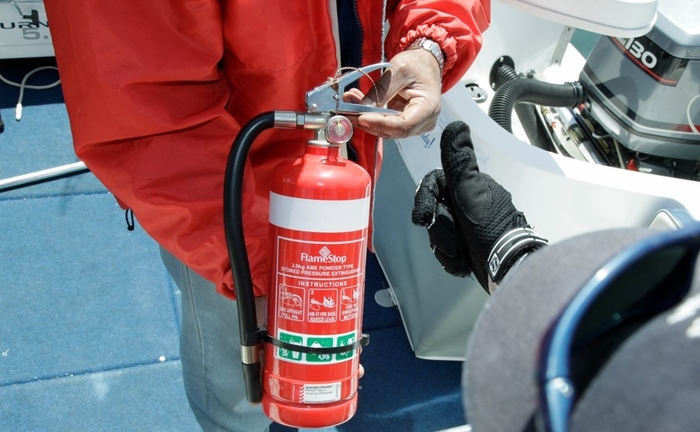
If your boat is motor powered, it’s a good idea to have a fire extinguisher at hand. They have a letter classification so you’ll know when and on what to use them:
- A – cloth, wood, paper;
- B – gases and flammable liquids;
- C – electrical equipment;
- D – combustible metals.
Depending on the bota’s size, you’ll know how many fire extinguishers you’ll need. Always store them at an easily accessible place where the people can see them immediately and react as soon as possible. Ensure all the passengers know how to use it: pull the pin, press the handle and aim at the target. This way, you’ll be sure the damage and danger are minimal.
In Summary
Besides having this essential boats safety equipment, you can also add first aid kits, VHF radio, navigation lights, hand pump, bailing device, axe, oars or paddles. Before going out in the open, always check if you have the essentials. Make a list and check them out. If needed, replace them with new ones. This way, you’ll have peace of mind that everyone will be safe and sound.

